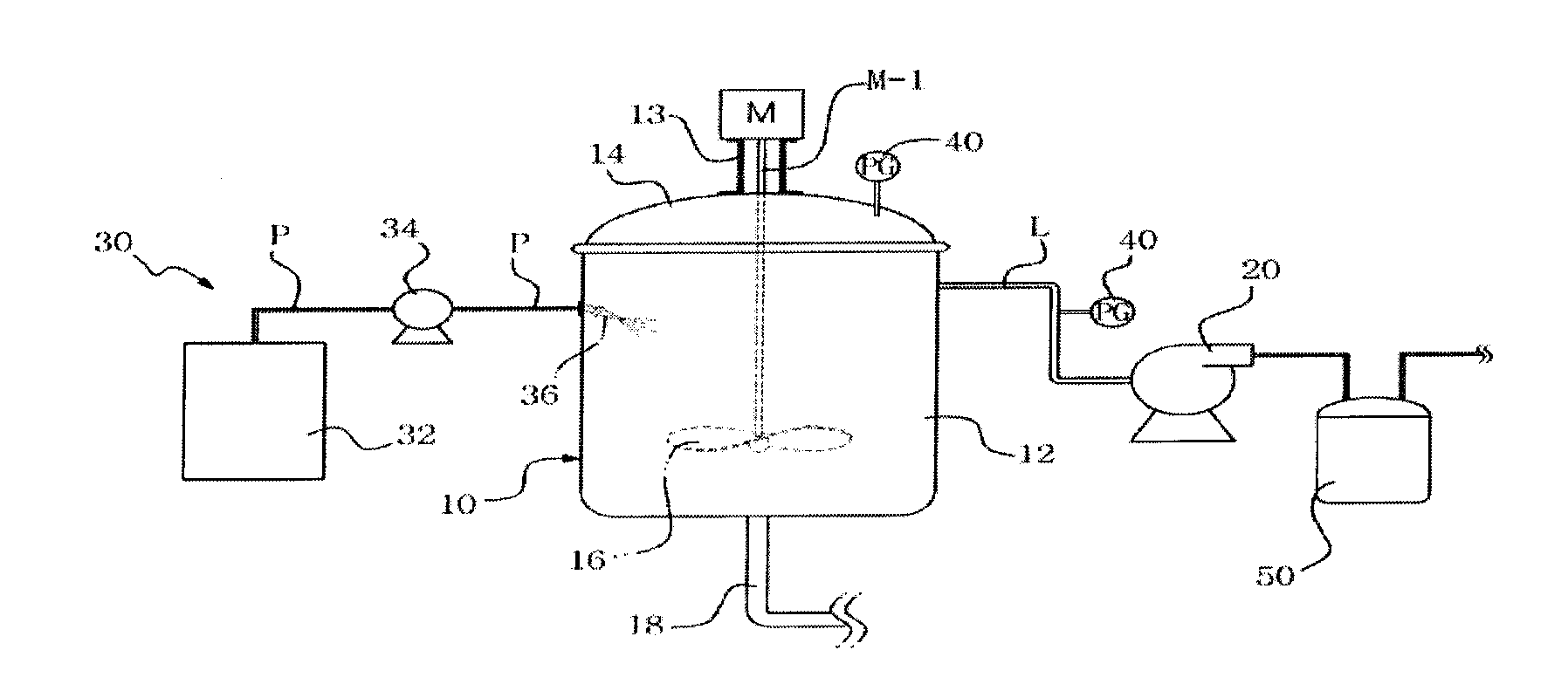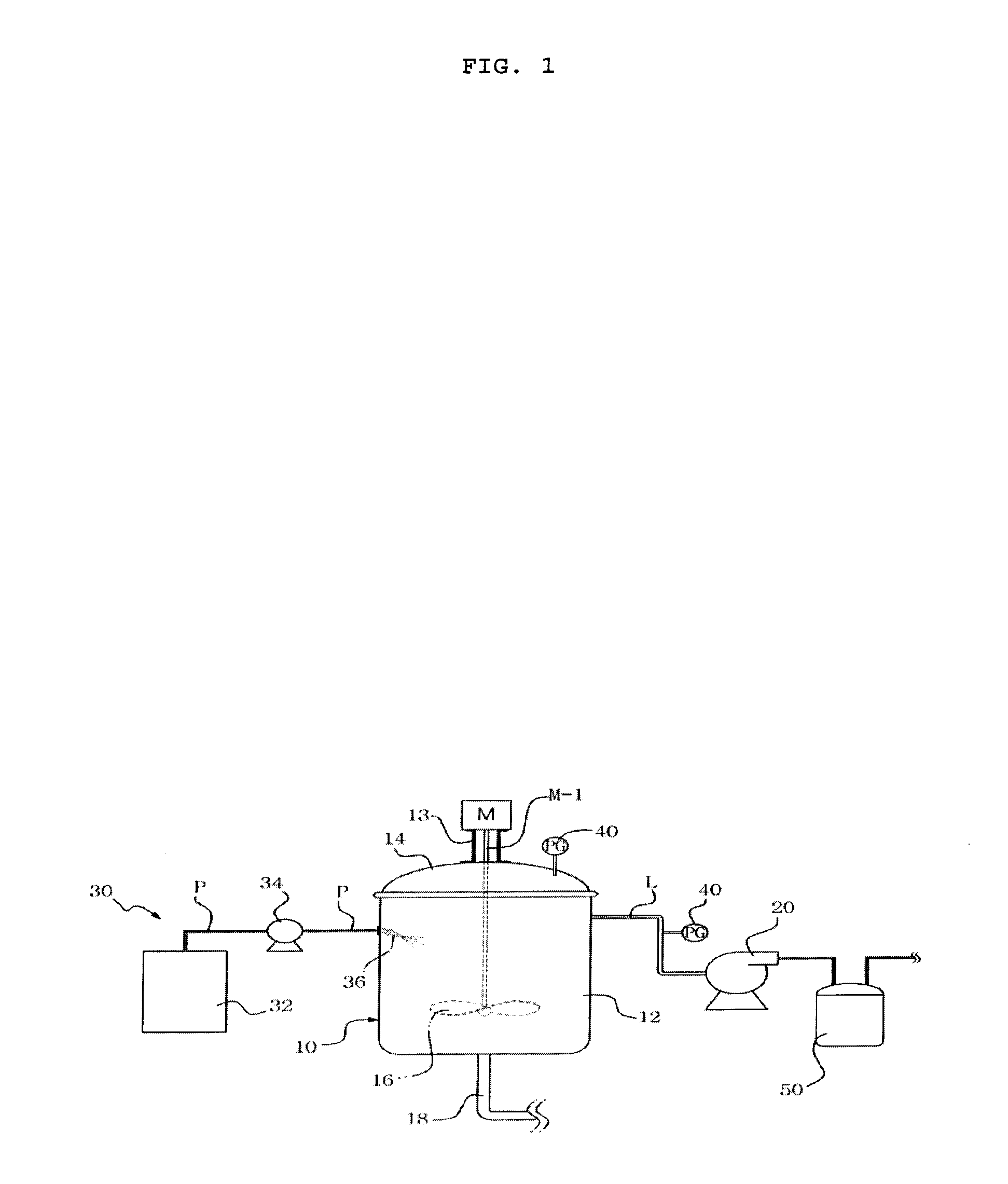Method For Manufacturing Processed Marine Plant Food
a technology of processed marine plants and food, which is applied in the directions of milk preparation, dairy products, applications, etc., can solve the problems of difficult to eat marine plants, difficult to distribute crudely, and insufficient salt uptak
- Summary
- Abstract
- Description
- Claims
- Application Information
AI Technical Summary
Benefits of technology
Problems solved by technology
Method used
Image
Examples
Embodiment Construction
[0032]In accordance with the present invention, the method for processing marine plants into foods comprises the following steps:
[0033](a) crushing the marine plants;
[0034](b) turning the marine plants into a paste by heating at a low temperature in a vacuum;
[0035](c) turning the marine plants into a gel.
[0036]Steps (a) to (c) are consecutive. These steps result in a processed marine plant food in jelly form. The content of the marine plants in the processed food (jelly) approaches almost 100 wt %. The processed food (jelly) may be distributed to consumers after packaging or further processing. Below, a stepwise description is given of the method of the present invention.
[0037](a) Crushing of Marine Plants
[0038]Making homogeneous paste from marine plants first requires crushing the marine plants. First, marine plants are preferably washed with clean water. For example, marine plants are washed with flowing water to remove impurities. Preferably, marine plants are washed and swelled ...
PUM
 Login to View More
Login to View More Abstract
Description
Claims
Application Information
 Login to View More
Login to View More - R&D
- Intellectual Property
- Life Sciences
- Materials
- Tech Scout
- Unparalleled Data Quality
- Higher Quality Content
- 60% Fewer Hallucinations
Browse by: Latest US Patents, China's latest patents, Technical Efficacy Thesaurus, Application Domain, Technology Topic, Popular Technical Reports.
© 2025 PatSnap. All rights reserved.Legal|Privacy policy|Modern Slavery Act Transparency Statement|Sitemap|About US| Contact US: help@patsnap.com


